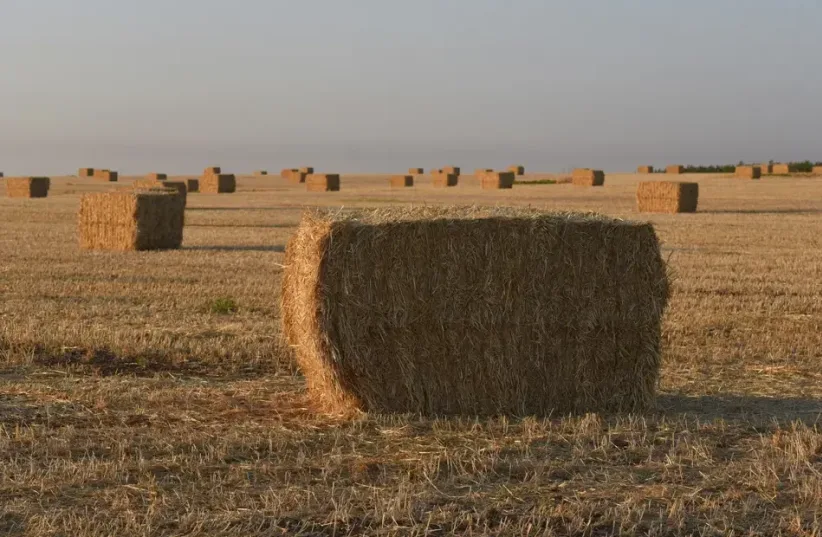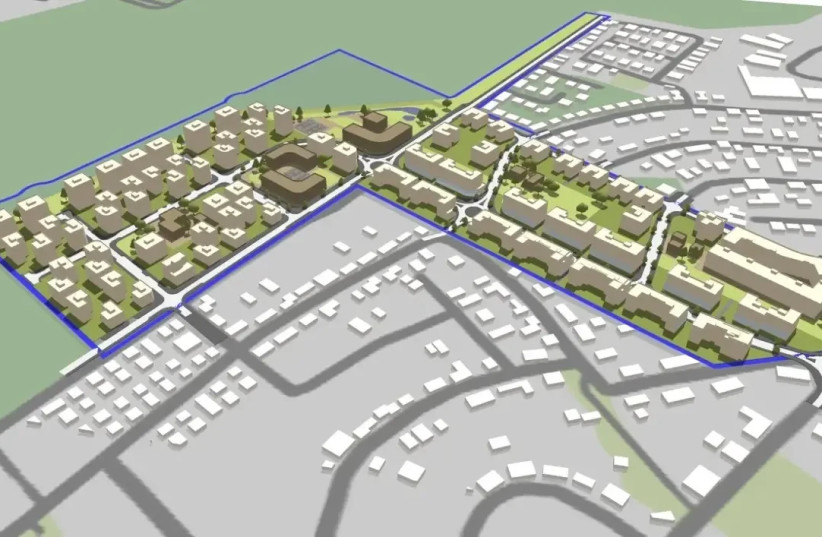Gan Yavne is gearing up for an influx of new residents, as the local Planning and Building Committee recently announced its approval of the Israel Land Authority's proposal to establish a fresh residential quarter in the town.
The plan encompasses approximately 65 acres in the southeastern part of the town, seamlessly integrating with existing neighborhoods, and situated north of the local council's industrial zone.
Bordered by agricultural open spaces to the east, the plan envisions the construction of a total of 1,686 housing units.
The architectural scheme emphasizes relatively low-rise buildings, ranging from four to eight floors, mindful of environmental considerations and existing height regulations. Emphasizing connectivity, the plan lays out an extensive transportation network, integrating with existing streets, multiple pathways, and expansive public spaces to create a pleasant walking environment. Additionally, the plan incorporates commerce, services, and employment areas, totaling approximately 20,000 m.sq., situated along a new urban street that seamlessly connects to the town's existing fabric.
The area is divided into commerce and employment zones, with approximately 18,000 m.sq. along the urban street and an additional 2,000 m.sq. of commerce on the ground floor within the protected housing area.
Addressing seasonal flooding events in the region, the plan proposes a flow channel plan and the establishment of a river park for the benefit of local residents. Moreover, the plan preserves open spaces integral to the ecological framework and environmental importance of the area.
Rabbi Nathan Elatan, chairman of the National Planning Authority and the ILA Council, hailed the plan as presenting a balanced approach, addressing all needs and interests in the area while maintaining a high-quality living environment.
The proposed complex integrates with the existing community and surrounding neighborhoods through a system of paths and roads that encourage walking and the use of micro-mobility means while ensuring access to open areas in the region.
To the south of the proposed neighborhood, an additional plan is underway to expand potential employment areas, furthering the development, strengthening, and growth of the settlement. Sigi Be'eri, the ILA planner, emphasized the proposed planning's balance between built-up areas and environmental needs, optimizing land use while preserving the environment as much as possible.


